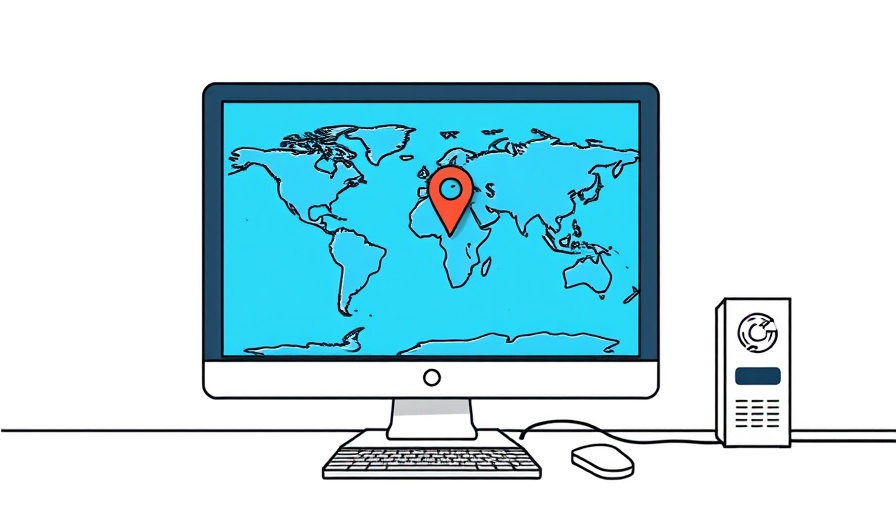
The Agile Transformation Journey: Kloia's Story
In the fast-paced world of tech consultancy, the narrative of Kloia shines as a beacon of innovation and resilience. This agile success story, as detailed in the Agile Experience Report, reveals how a company grounded in engineering principles sought to scale without sacrificing its core values—integrity, craftsmanship, and trust.
Confronting Growth Challenges Head-On
Initially, Kloia thrived by having its engineers manage everything from project pitches to delivery. Between 2015 and 2017, this model worked remarkably well, allowing for rapid deal closures and high-quality project delivery. However, as the company expanded and added more engineers, the structure faced growing pains. Inefficiencies crept in; sales calls became prolonged, project clarity suffered, and morale took a hit as ambiguity in sales tasks clashed with the engineers' desire for the concrete.
Embracing Flexibility: The Agile Spirit in Action
In true agile fashion, rather than rigidly sticking to the initial model, Kloia embraced change. They began to outsource parts of their sales process while simultaneously intensifying their inbound marketing efforts through blogs, talks, and webinars. This dual-track approach proved successful, resulting in a staggering 120% revenue increase. However, challenges remained, culminating in the realization that while they were adapting, the essence of their initial model was at stake.
A Balance of Structure and Empathy
Recognizing the need for a more structured sales process, Kloia made the bold decision to hire their first dedicated salesperson. This adjustment initially led to a significant 70% increase in sales, but also introduced new tensions. The flow of incoming deals varied drastically, with some being trivial while others necessitated extensive work. This led to a pivotal moment for the team—acknowledging that to be truly agile, they needed both a structured approach and an empathy-driven connection to their purpose.
Rebuilding Trust and Defining New Roles
After an open dialogue that was initially fraught with tension, Kloia stakeholders agreed on a new operational model where salespeople would take the lead while ensuring technicians remained connected to their work. This synthesis of roles not only maintained the core values of Kloia but also allowed expansion in a manner that stayed true to the company’s purpose.
The Lessons Kloia Learned and Their Broader Implications
Kloia's story serves as a reminder that in an evolving business landscape, sticking to initial ideals can sometimes lead to rigidity. Instead, embracing an agile mindset involves continuous adaptation to both internal and external changes while preserving one’s core values. This experience echoes the sentiments found in Agile Paybooks and the Agile Alliance as companies strive to find balance between growth and authenticity.
Conclusion: The Future of Agile Practices
Kloia’s journey sheds light on the importance of coupling technical expertise with effective sales strategies. As organizations look to navigate their growth paths, fostering clarity in roles and maintaining strong internal communication will be critical. The narrative of Kloia not only highlights the challenges faced by growing tech firms but also serves as a pertinent case study for others looking to embrace agility in their processes.
 Add Row
Add Row  Add
Add 




Write A Comment